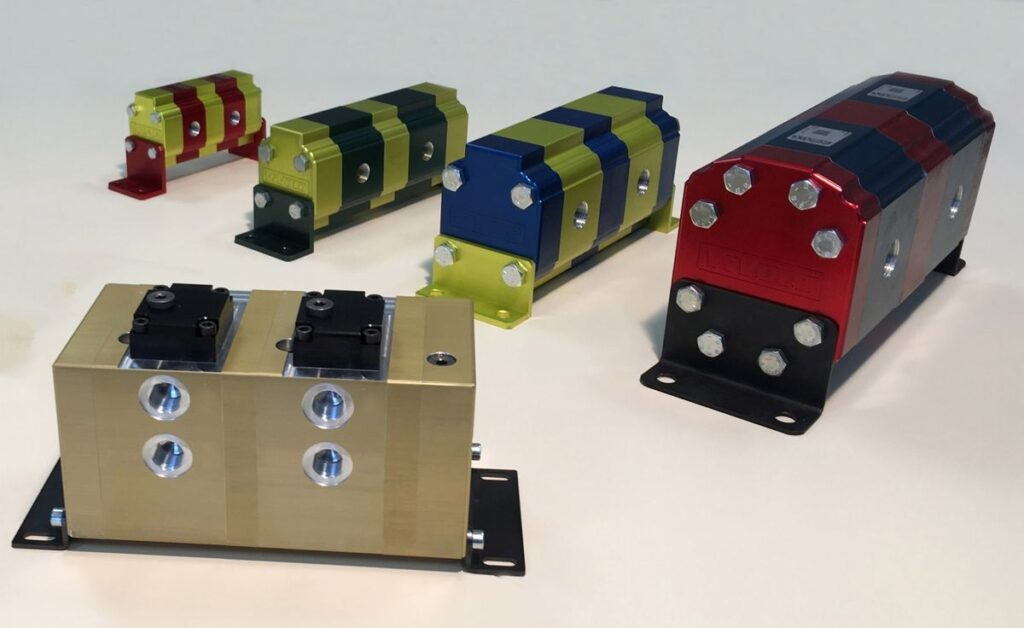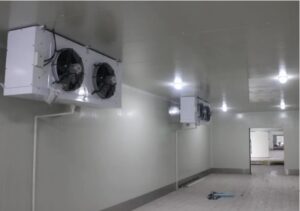Flow dividers play a critical role in a variety of industrial systems, ensuring the precise distribution of fluids to maintain efficiency and operational stability. However, even the most robust flow dividers can encounter issues over time due to wear, environmental factors, or improper usage. Understanding common problems and their solutions is crucial for minimizing downtime and enhancing system performance.
This guide will walk you through common issues with flow dividers, offer key troubleshooting tips, and provide maintenance practices to keep your systems running at peak efficiency.
What Are Flow Dividers and Why Are They Important?
Flow dividers are hydraulic components designed to split or proportionally divide fluid flow into two or more paths. They are essential in systems that require synchronized movement, such as in heavy machinery, industrial equipment, or precision manufacturing setups.
Their effectiveness, however, depends on proper installation, routine maintenance, and prompt issue resolution. Let’s break down some of the most common challenges faced by users of flow dividers and learn how to address them.
Common Issues with Flow Dividers
- Irregular Flow Distribution
One of the most frequent issues is uneven fluid distribution between ports, which can lead to unsynchronized system performance. This could disrupt operations, especially in machinery requiring simultaneous movements, such as hydraulic arms or cylinders.
Potential Causes:
- Buildup of debris in the divider leads to partial blockages.
- Hydraulic fluid contamination.
- Mismatched specifications for the operational system.
Solution:
Start by cleaning the flow divider thoroughly to remove any debris. If contamination persists, flushing the hydraulic fluid and replacing it with clean, recommended fluid can resolve this problem. Additionally, ensure that the divider is matched to your system requirements during installation.
- Pressure Drops Across Dividers
Pressure variance between the input and output ports can lead to operational inefficiencies or complete system failure.
Potential Causes:
- Internal leakage due to worn-out seals or gaskets.
- Incorrect flow or pressure rating for the installed flow divider.
Solution:
Examine the seals and gaskets for wear or damage. Promptly replace them to restore operating efficiency. Additionally, assess whether the divider’s specifications align with your system’s needs. Measurements such as flow rate and pressure compatibility are critical to avoiding consistent performance issues.
- Excessive Vibration and Noise
Excessive noise or vibration coming from the flow divider can signal deeper mechanical issues.
Potential Causes:
- Loose mounting or installation.
- Cavitation caused by air bubbles in the hydraulic fluid.
- Improperly balanced system flow rates.
Solution:
Securely fasten the flow divider to its mount to eliminate vibration caused by loose components. If cavitation is the problem, bleed the system to remove any trapped air. Regularly monitor flow rates and adjust them as needed to maintain balance.
- Overheating of the System
Flow dividers experiencing overheating can compromise overall system performance and even lead to long-term damage.
Potential Causes:
- Excessive hydraulic load or friction.
- Lack of proper lubrication in the system.
Solution:
Ensure that your system operates within the recommended load parameters. Use high-quality, manufacturer-recommended hydraulic fluid to lubricate components and minimize friction. Additionally, implement cooling mechanisms if overheating is a recurring issue.
- Leakage From the Flow Divider
Leakages not only reduce component efficiency but can also create hazardous working conditions.
Potential Causes:
- Loose fittings or damaged seals.
- Worn-out housing or external cracks.
Solution:
Inspect fittings and tighten them as necessary. Replace any defective seals, and repair or replace damaged housing immediately to prevent further leaks.
Tips for Optimizing Flow Divider Performance
- Regular Maintenance and Inspections
Routine maintenance goes a long way in ensuring the longevity of your flow dividers. Schedule periodic inspections to identify and address potential issues before they escalate. Clean the components regularly and replace worn parts promptly.
- Use Quality Hydraulic Fluids
Always use high-quality hydraulic fluids recommended by the flow divider manufacturer. Contaminated or substandard fluids can cause blockages, cavitation, and damage to internal components.
- Monitor Performance Metrics
Install sensors to track key performance indicators like pressure, flow rate, and temperature. Monitoring these metrics can help identify anomalies early, allowing you to take preventative action.
- Train Your Team
Ensure your maintenance team understands how flow dividers operate and the best practices for maintaining them. Proper training can significantly reduce the chances of errors during operation or maintenance.
- Stay Updated on Technology
Advancements in flow divider technology can offer better performance, efficiency, and durability. Keep an eye out for updated models that could enhance your system’s capabilities.
Why Regular Maintenance Makes All the Difference
Ignoring minor issues in flow dividers can snowball into significant failures, leading to expensive repair costs and prolonged downtime. Proactive troubleshooting and consistent maintenance can extend component lifespans, reduce unexpected disruptions, and result in overall cost savings for your business.
By effectively preserving your flow dividers, not only do you maintain optimal system functionality, but you also contribute to workplace safety and operational reliability.
Flow dividers are indispensable in countless industrial functions, and keeping them in top shape is crucial for maintaining productivity. By addressing common issues like irregular flow, overheating, or leakage head-on—and sticking to a routine maintenance schedule—you can ensure that your systems perform efficiently and last longer.
If you’re ready to take your system reliability to the next level, make maintenance a priority and explore upgrades in technology when needed. With this guide in hand, you’re well-equipped to troubleshoot and maintain your flow dividers effectively.




